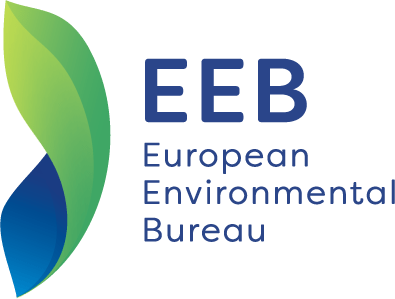New tracking tool maps the reality of industrial pollution in Europe
With national governments and the EU failing to report crucial information, a new NGO database shows what plants are playing by the rules. Italy emerges as the most transparent country, with Germany coming bottom of the league.
Germany is the worst country in the EU for reporting on dangerous industrial emissions, according to a new tracking tool designed to fill the information vacuum on industrial pollution, while Italy is the most transparent, followed by Ireland, the Czech Republic and Croatia. The Industrial Plant Data Viewer [1] launched today by the European Environmental Bureau (EEB) allows users to access and compare data from over 3000 large combustion plants across the EU, and check whether they are doing their job to prevent pollution.
EU laws require operators of large industrial installations to generate annual compliance reports and monitoring results on environmental performance, and national authorities to make such information available to the public, including operating permits [2]. However, most member states are failing to disclose crucial information about highly-polluting activities, and many are not even meeting the minimum transparency requirements.
Christian Schaible, a policy manager at the EEB, said: “This is unacceptable. People have the right to know whether operators and authorities are doing their job to cut toxic industrial pollution.”
While the Chinese reporting system offers high-quality, real time data at facility level, and the US system enables the comparison of key information with neighbouring countries in a few clicks [3], the EU has failed to provide its citizens with adequate access to data generated by the industry. For Schaible, this is largely due to badly designed reporting obligations for member states, the lack of an EU level centralised reporting portal, and a complacent attitude towards the way information is provided.
“It is the European Commission’s job to ensure that EU laws are properly enforced and that industrial pollution data are disclosed. If an NGO could create this tool with limited resources, there is no reason why the EU should not be capable of providing an adequate reporting system,” Schaible concluded.
The data viewer follows up on the EEB’s 2017 report ‘Burning: the evidence’ [4], which had already highlighted the limitations of the EU reporting system, and provided recommendations for the Commission and the European Environment Agency to fill the gap. The tool comes with a methodology note [5], and a briefing highlighting member states’ best and worst practices [6]. The EEB will keep developing the IPDV to cover more countries and sectors.
Notes to editor
[1] http://eipie.eu/projects/ipdv
[2] Notably Article 24(2) and (3) and 14(1) point d) of the IED as well as the Aarhus Convention and E-PRTR. See more details in the EEB report ‘Burning: the Evidence’
[3] More information in section 6 of the EEB briefing ‘An EU Industrial Strategy for achieving the ‘zero pollution’ ambition set in the European Green Deal’
[5] https://eeb.org/library/industrial-emissions-database-and-viewer-methodology-note/
[6] https://eeb.org/library/industrial-plants-data-viewer-background-briefing/

